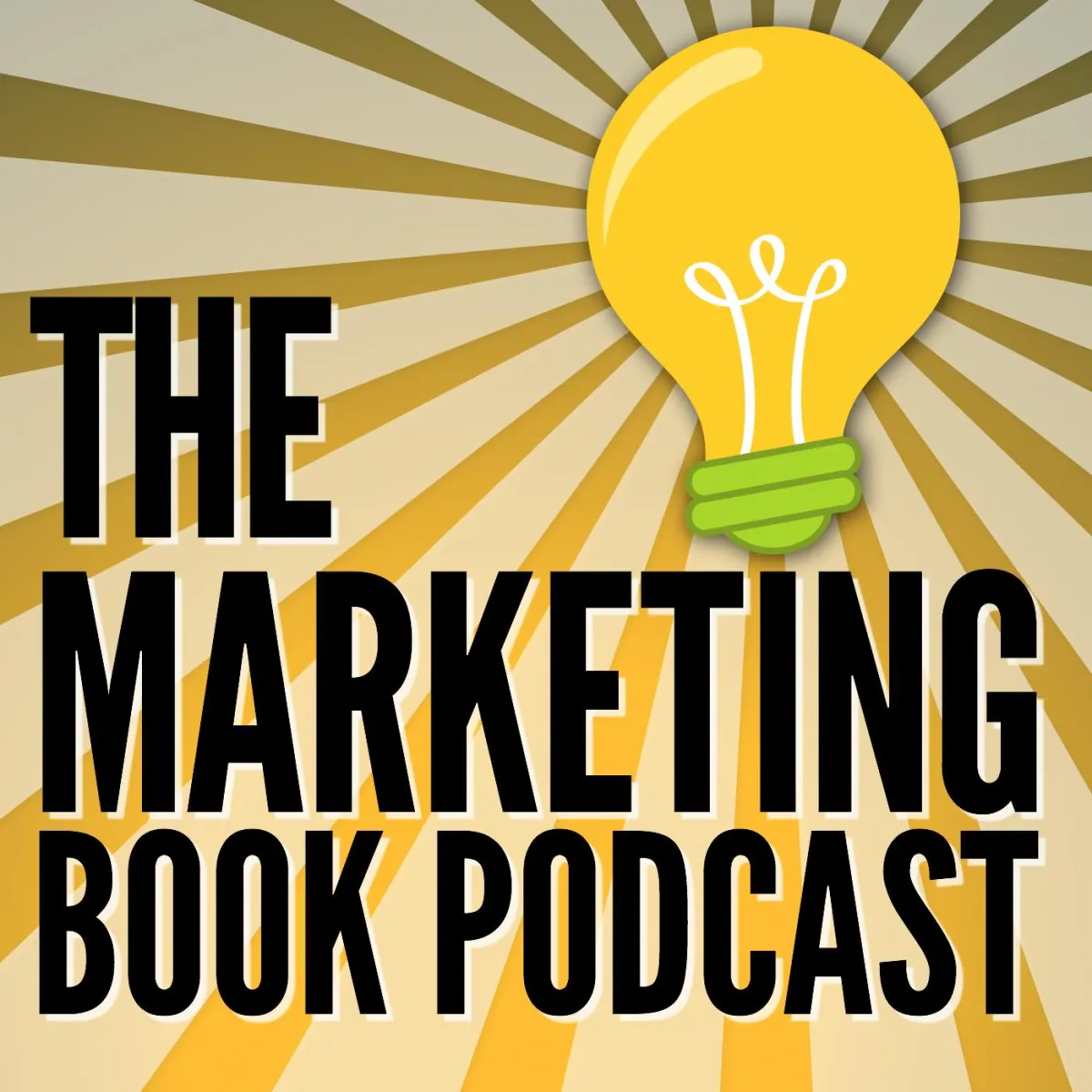Join Darrell Amy for the One Ideal Client Away Challenge, March 20-24
BUILD YOUR REVENUE GROWTH ENGINE
GROW YOUR REVENUE
SCALE YOUR IMPACT!


DESIGN
Your Engine
Come to the 2-day Performance Workshop

BUILD
Your Engine
A mentorship to help you upgrade your sales and marketing processes.

ACCELERATE
Your Growth
Enjoy faster and easier revenue growth as you scale your company.
Build Your Revenue Growth Engine®

During challenging economic times it can be hard to maintain your current revenue, let alone grow it.
We believe you can grow revenue, even in a recession, by getting strategic about your Revenue Growth Engine®.
Real World Stories
Hear some real-world stories of companies building their Revenue Growth Engines®..

Revenue Growth Engine® , created by Darrell Amy, is a set of tools and resources to help companies scale.
If you own an established business and want to scale your revenue so you can make more of an impact, this is designed specifically for you.

DESIGN
Your Engine
Come to the 2-day Performance Workshop

BUILD
Your Engine
A mentorship to help you upgrade your sales and marketing processes.

ACCELERATE
Your Growth
Enjoy faster and easier revenue growth as you scale your company.
Take the Ultimate Trek and Grow Your Revenue

Build your Revenue Growth Engine
Develop Physical Endurance
Trek to Everest Base Camp
Join adventurous entrepreneurs in an epic journey to scale your business as we train to trek to Mount Everest Base Camp!
Get To Know Darrell
Darrell inspires and equips generous business leaders to grow revenue so they can give back.
As the co-founder of the non-profit Kingdom Missions Fund, Darrell Amy noticed that the largest donations came from business owners, and he wondered how he could help generous business owners quickly grow revenue so they could give even more. With this in mind, Darrell set a goal:
Help 10,000 businesses double revenue to generate $10 billion in new giving.
Darrell’s experience as a leader in sales and marketing has given him a unique perspective on what it takes to grow revenue. Distilling 27 years of experience, Darrell authored Revenue Growth Engine: How To Align Sales & Marketing To Accelerate Growth.
He is a member of the Forbes Business Council and he helps companies maximize growth through sales and marketing alignment. Darrell hosts the Revenue Growth Podcast and co-hosts the Selling From the Heart Podcast. He also volunteers as the executive director of the ManAlive EXPEDITION, an organization that helps men find healing and identity.
When he isn’t helping generous business owners grow their profits in order to give more, Darrell, along with his wife Leslie, enjoy spending time with their children and four grandchildren.

Latest Thinking

The Missing Role in Most Accountability Charts®
There is a missing person on most Accountability Charts®(1). That missing person is your Ideal Client. When you forget Ideal Clients and the three questions they bring up, you risk being disrupted.
Smart companies focus on Ideal Clients. Your Ideal Client is the type of client that values what you do, aligns with your culture, and needs everything that currently sell. In my experience with Revenue Growth Engine, Ideal Clients typically have 10X, 20X, or more revenue and profit potential than average clients.
Over the past five years, I’ve seen dozens of Accountability Charts®. I’ve seen some amazingly creative circular org charts. However, what I haven’t seen is where the customer fits in these organizational structures.
I believe the Ideal Customer should be somewhere in the organization’s chart–ideally in the middle.
When you add your Ideal Client to the accountability chart, several critical questions arise:
Who Is Closest To The Ideal Client?
Think about the people in your company. Who works most closely with your Ideal Clients? Most of the time it is front-line employees. Salespeople, customer service, and billing people interact with prospects and customers daily. Yet most organizations make decisions at the top and middle management levels. In some ways, it’s like the C-Suite is at the center of the org chart rather than the client.
This has two immediate implications. First, middle and executive leaders need to find consistent blocks of time to spend with clients–especially Ideal Clients. Second, companies should look for ways to tap the insights of front-line employees. Their up-close interactions with clients can provide a treasure trove of intel and ideas about the next question: What is important to our Ideal Clients?
What Is Important To Our Ideal Clients?
Ever wonder why customers leave for a competitor? Usually, it’s not because they received bad service from you. Most often it is because they found a different company that they felt would deliver more value.
Harvard Business School professor and innovation guru, Clay Christensen, observed that our customers don’t buy products and services, they hire them for a job to be done. They hire our products to make progress in their life or business.
What types of progress do your Ideal Clients want to make? In his book, Competing Against Luck, The Story of Innovation and Customer Choice, Christensen recommends that companies organize around the jobs that their customers want done. (For more ideas and examples on this see Chapter 9: The Jobs Focused Organization.)
Value is not static. We all work in a dynamic economy with emerging technologies, new government regulations, and evolving customer expectations. Jobs to be done continue to shift. The companies that understand how these shifts are poised to win, especially when they answer the third question: What are we doing to innovate new ways to create value for our Ideal Clients?
What Are We Doing to Innovate New Ways To Create Value for Ideal Cleints?
Once you have tapped the insights of employees that are closest to your Ideal Clients and developed a system to understand the jobs they way done not it is time to create value. This happens with intentional innovation.
Intentional innovation has three characteristics. First, there is a structure where people have innovation in their job role. Second, there are systems with a regular cadence of activities to ideate, innovate, and implement new innovations. Third, there is a scorecard that measures the impact of innovation. (After all, as Gino Wickman famously said, “What gets measured gets done!”)
Here’s the problem: most companies limp along with random acts of innovaiton. They lack structure, systems, and scorecards for innovation. As a result, these companies are vulnerable to disruption by smart competitors.
The (Avoidable) Tragedy of Disruption
Chances are your company provides great customer service. You may have consistent internal processes that drive operational excellence. If you care enough about your business to have made it this far into the article, I’m willing to bet you also care enough to create a great culture and invest in leadership.
Here’s the sad thing. With all of this in place, you could lose it to a savvy competitor or startup that has invested the time, energy, and budget to innovate.
Having a business without intentional innovation is like baking a cake with one missing ingredient. I never can remember whether it’s baking powder or baking soda that has to go in the cake. But I do know that when you bake a cake without one of those vital ingredients it may look like a cake but it’s not going to look good. So it goes with a business. You can put in outrageous service, amazing culture, powerful systems, and great leadership. But without innovation, it’s going to fall flat.
BONUS: LIVESTREAM RECORDING
Here is a recording of a recent 25-minute Executive Briefing where I unpack these ideas.
(1) The Accountability Chart is a registered trademark of EOS Worldwide.
Find Fresh Ideas To Grow Your Revenue
Are you looking for ways to scale your business? Welcome to the Revenue Growth Podcast with Darrell Amy. This is the place for business owners, sales leaders, and marketing professionals to get ideas an inspiration to drive exponential revenue growth. Each week you’ll get actionable insights from the world
LET'S TALK ABOUT YOUR REVENUE GROWTH ENGINE
CONTACT US
+1 (501) 361-2412



















